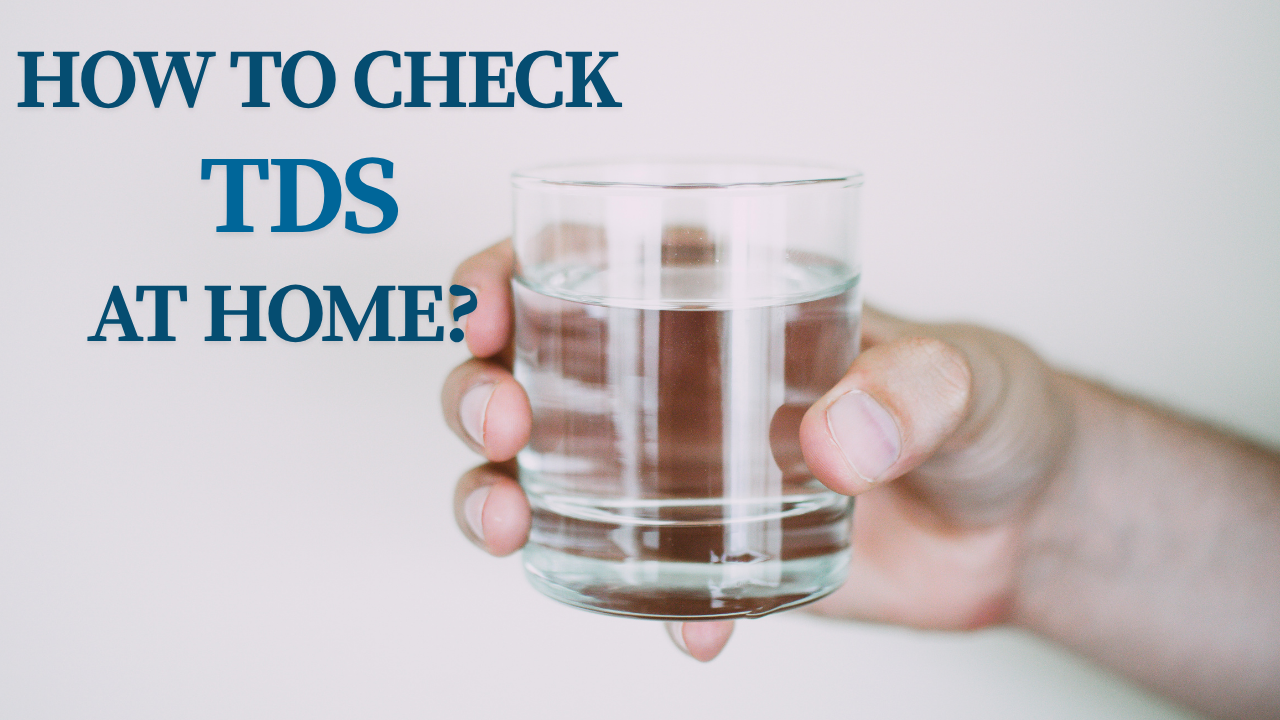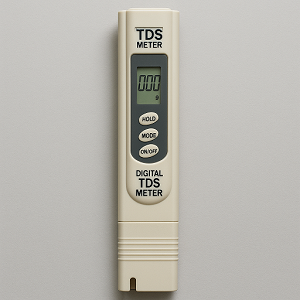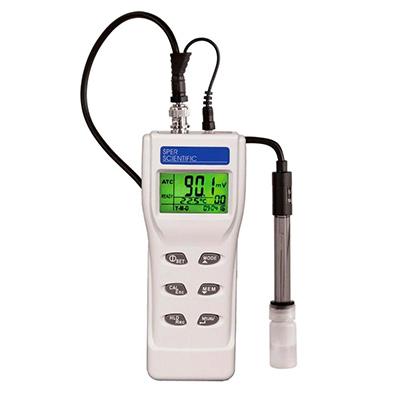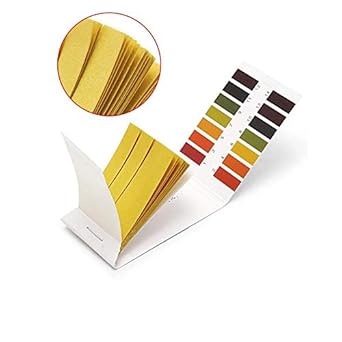
Drinking water is one of the basic needs. It is important to know how to check water TDS, as it helps find the water purity level. If you know how to measure the TDS, it can help you ensure safe and pure drinking water for your family. It further helps understand the need to have pure drinking water by having modern water purifiers.
So, TDS level of water to determine how pure it is water and whether it can be used for household chores. It can help you understand the need for a water purifier to have a germ-free water supply for daily use.
Yes, by measuring the water purity level, it is easy to understand the TDS level in water. The TDS concentration should be 300mg per litre. If the TDS concentration is higher, it indicates that drinking water may cause waterborne diseases. Contaminated water is a major cause of health issues globally and needs to be addressed soon. This is what raises the need to check the water TDS.
Poor water quality remains a significant concern in India. To measure TDS in water, one has to check the presence of total dissolved solids.
Water having high TDS may result in the following:
So, effective TD measuring can prevent the alarming effects of high TDS in water. It can happen irrespective of which part of India you live in.
Let us take a look at the ways to measure TDS in water and focus on three primary methods.
It is easy and quick to record water TDS at home using a digital meter. It can be done without any calculation after taking the reading. It shows instant results. The steps to follow here are:

This method releases electrical current in water to measure the TDS level.
Ways to measure the conductivity:

The age-old method was convenient to check TDS of water without TDS meter. The steps to follow here are:
After following the steps and calculating the weight difference, you get the TDS value.

The TDS is measured as follows:
So, adopt the correct method for the proper calculation using based on the TDS meter reading. The meter reading ranges between 50 and 150 ppm is considered good and the water is safe for drinking.
While evaluating water TDS at home, it is essential to know that a water sample with TDS up to 300mg/litre is suitable for drinking. If it is less than 50mg/litre, water is considered unsafe as the nutrient content is missing.
So, the TDS water meter can measure how much of dissolved salts are available water and whether it can be considered safe or not for drinking.
Once you know how to calculate TDS of water, it is time to know that the purifier plays a crucial role in managing water TDS levels and making it safe for drinking. It depends on purification techniques, and reverse osmosis or RO can effectively react to reduce water TDS.
So, it is worth investing in the latest RO purifier machine that can effectively manage TDS and make it safe for daily consumption.
The water purity measurement demands maintaining the right TDS level of water to ensure water quality. It should not affect the clarity and taste of water and prevent its discolouration. The right TDS ensure no excessive minerals are present in the water, and perfect for drinking.
Having a safe TDS level ensures water is free from contaminants. High TDS indicate that there are pollutants in water that often impact one’s health and cause waterborne diseases.
TDS has magnesium and calcium, and the optimal level can ensure the presence of such elements in water. So, it is important to check the TDS level in the water and check with the above points before considering a water source fit for daily consumption and drinking.